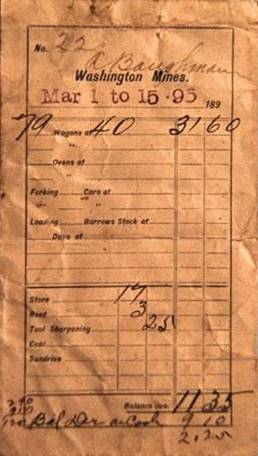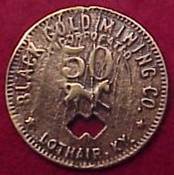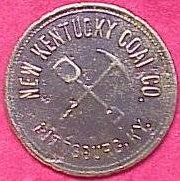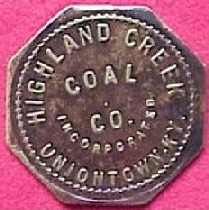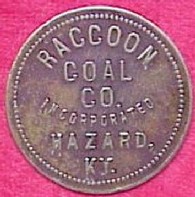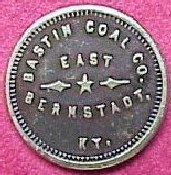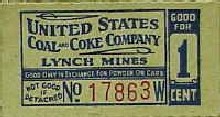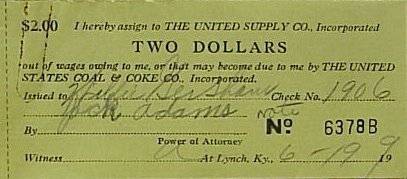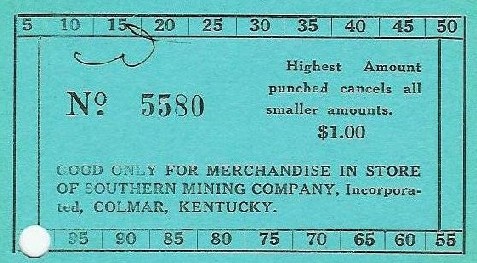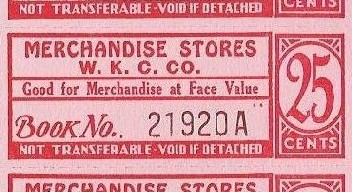
MINERS' WAGES
This pay envelope is indicative of the wages earned by coal miners nationwide in 1895. This miner would have worked six days a week during this two week pay period. During this time he mined and loaded 79 five-ton coal cars. That averages out to mining and hand loading 32.9 tons of coal per day. His rate of pay was 40 cents per five-ton car filled which gave him gross pay of $31.60 for two weeks of work. He shopped at the company store where his purchases during this period were $17.00. His two week rent for his company owned house was $3.00. The company owned the hand tools he used but he had to pay the company 25 cents per pay period to sharpen the coal picks. While these deductions would have left him with a net cash take-home pay of $11.35, he owed a balance of $9.10 to the company physician. After deducting this amount the miner was left with $2.25 net pay for mining and loading 395 tons of coal, just a little more than half a cent per ton of coal mined and loaded.
It was common for miners in the coal patch towns to be paid on a bi-weekly or monthly basis. This meant a new employee might work as long as one to two months, depending upon when in the month he was hired, before getting his first paycheck.A miner could draw upon his outstanding wages in company scrip that could be used only at the company store. This scrip came in the form of tokens in denominations from 1 cent to 5 dollars.
Paper coal scrip was also issued. Unlike the brass, copper, nickel and aluminum tokens, the paper scrip was not re-used once it was spent at the company store. Coal company scrip continued to be used throughout the Appalachian coal regions into the early 1950s. Since scrip could only be spent at the company store the miners had to pay whatever the company charged . Some miners sold their scrip at less than face value in order to obtain hard currency to use outside the company store.
Coal company scrip was also issued as booklets with small denomination tear-out coupons that could be spent at the company store. Punch cards were also used, they were issued in a specific denomination and the amount punched was the amount spent off the card.
